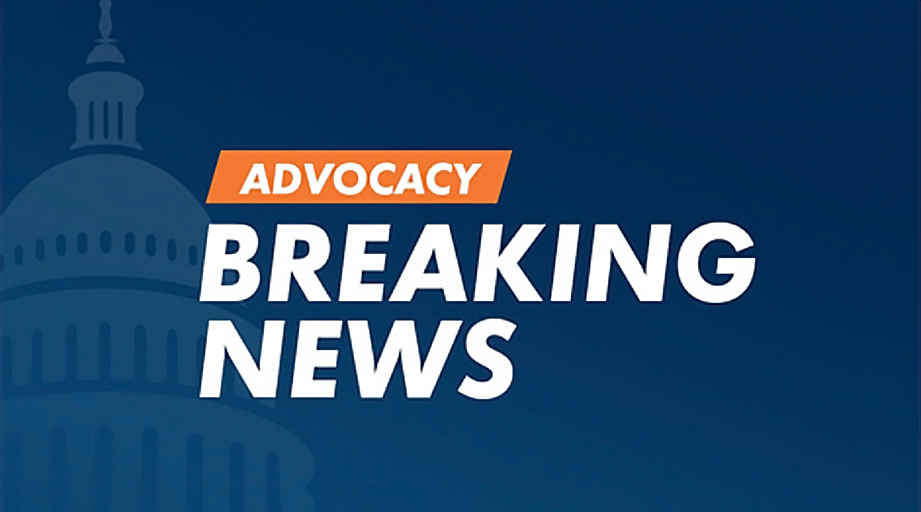
Editor’s note: This survey was conducted prior to the COVID-19 pandemic.
Results of ASHP’s annual survey of pharmacy directors at nearly 5,000 hospitals in the United States provide key insights into the current state of pharmacy practice in hospitals and health systems, particularly in the areas of prescribing, opioid stewardship, staffing, and use of mobile technology.
Published June 23 in AJHP, the 2019 ASHP National Survey evaluated practices and technologies related to prescribing and transcribing. At the most recent Midyear Clinical Meeting & Exhibition, lead author Craig A. Pederson of Virginia Mason Medical Center, spoke about trends in prescribing and drug formulary strategies used by hospital pharmacy and therapeutics (P&T) committees. The most common tools implemented by P&T committees were therapeutic interchange, evidence-based clinical practice guidelines, and comparing the effectiveness of products when making formulary decisions.
“These are not surprising, as these have traditionally been effective strategies,” Pederson said, adding, however, that the use of therapeutic interchange has increased since 2016.
Also of note in the area of formulary management strategies:
- the rise in hospitals that reported rationing of medications on the basis of expected patient outcomes and cost of therapy (31%, up from 25% in 2016)
- the rise in the number of hospitals with a limited strict formulary and tight restrictions on non-formulary medication use (73%, up from 63% in 2016)
Eighty-nine percent of hospitals indicated pharmacists have authority to write medication orders; among this group, 94% can modify or initiate therapy by policy or protocol and 6% are authorized to prescribe.
Medication use evaluation also has increased as hospitals critically examine product use, Pederson said.
“Seventy-two percent of hospitals use protocols that transfer authority for product selection and dosing from prescribers to pharmacy as a strategy by P&T, suggesting that pharmacists are increasingly recognized as effective stewards of the formulary system, and at implementing formulary standards,” Pedersen said. “This is significantly less than 77% of hospitals in 2016.”
The survey also showed that half of hospitals are including pharmacoeconomics in formulary decision-making, up from about one-third in 2013.
In the area of pharmacogenomics, just 5.4% of hospitals surveyed indicated recommending or scheduling pharmacogenomics testing to aid in the process of drug and dosage selection, while 90% said pharmacist involvement is limited to the dispensing of products related to pharmacogenomics drug therapy management.
“There are a lot of drug products with pharmacogenomic markers,” Pederson said. “So where are pharmacists in pharmacogenomics? At this point, pharmacists play a very limited role. Some might be very disappointed in that — I think there are a lot of people that are highly invested in this. But my point is that pharmacogenomics has not yet become the pharmacokinetic monitoring of pharmacy. That’s not to say that I don’t think it will.”
Changing trends were also seen in the area of opioid stewardship, with 47% of hospitals reporting active opioid stewardship programs, up from 41% in 2018, said Philip J. Schneider, co-author and a professor in the College of Pharmacy at The Ohio State University.
When looking at specific strategies used in opioid stewardship programs, the survey showed growth in the number of hospitals that have:
- educational programs or guidelines (85%, up from 71.4% in 2018);
- prescription drug monitoring program database (85%, up from 65.3% in 2018); and
- limitation of home discharge prescription supply of opioid medications (61%, up from 46.3% in 2018)
Also notable, 65% of hospitals indicated that pharmacists have leadership and accountability roles in their opioid stewardship programs.
“The good news is that if a hospital has an opioid stewardship program, which nearly half do, pharmacists are almost always involved,” Schneider said.
In analyzing survey responses concerning hospital staffing, results showed that the number of full-time pharmacist positions in hospitals has continued to grow overall, with a mean of 19.2 positions per 100 occupied beds.
Pharmacists had a low vacancy rate (less than 3%); while the vacancy rate for pharmacy technicians was 6.5%.
Looking at mobile technology, the majority of pharmacists are using smartphones, tablets, or laptops as part of providing patient care services, an increase that can be attributed in part to the near universal electronic health records.
Overall, the national survey results were positive for the profession, with growth in pharmacist involvement in patient care, growth in the number of positions, and adoption of technology.
"Pharmacists continue to assume greater responsibility for writing medication orders, dosing, ordering laboratory tests, and monitoring outcomes," the article's authors wrote. "Health-system pharmacists are taking a leading role in addressing the opioid crisis, advancing safety in compounded sterile preparations through adoption of intravenous workflow technologies, and optimizing EHR applications to leverage clinical decision support tools to improve the safe prescribing and use of medications."







